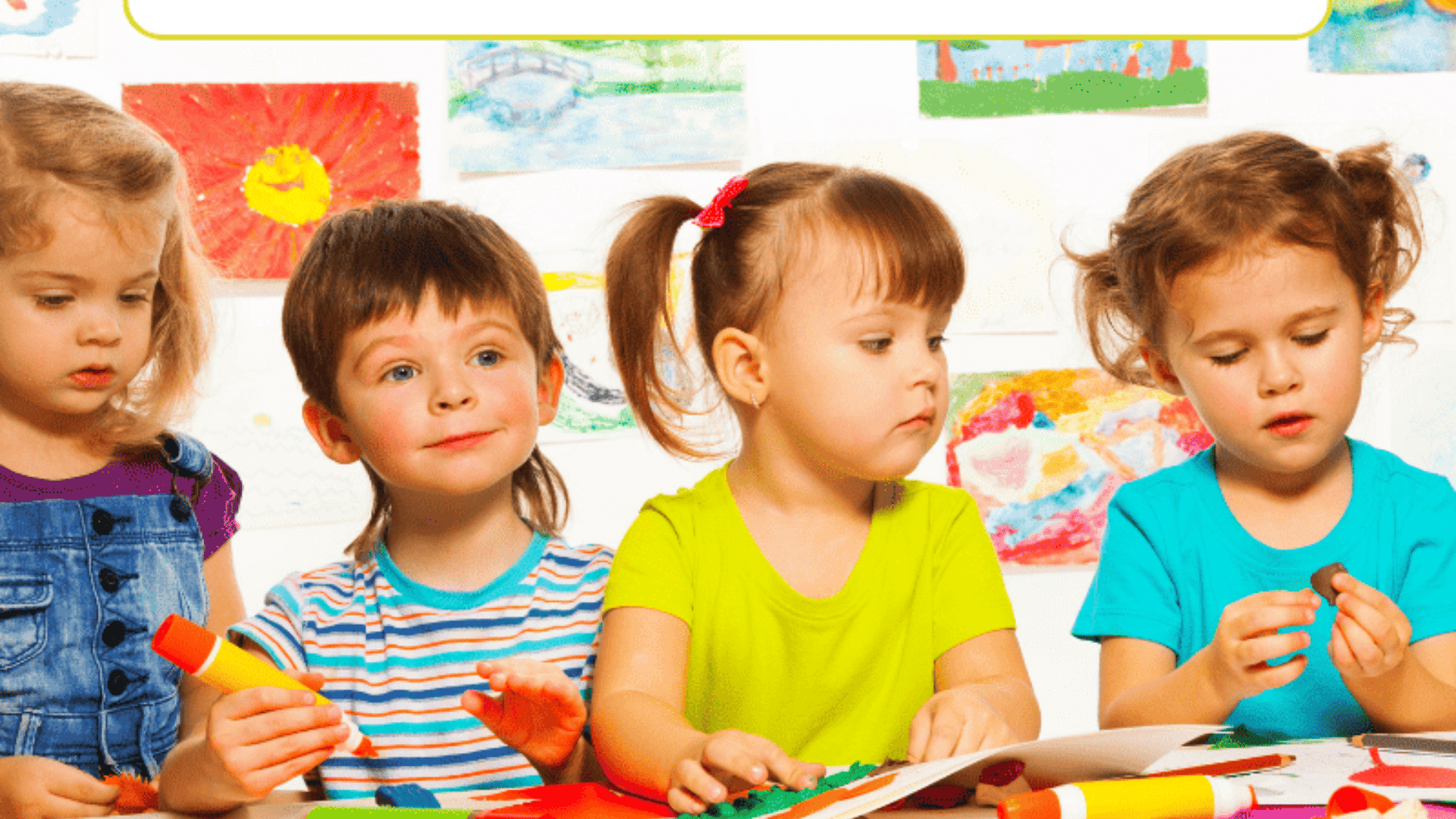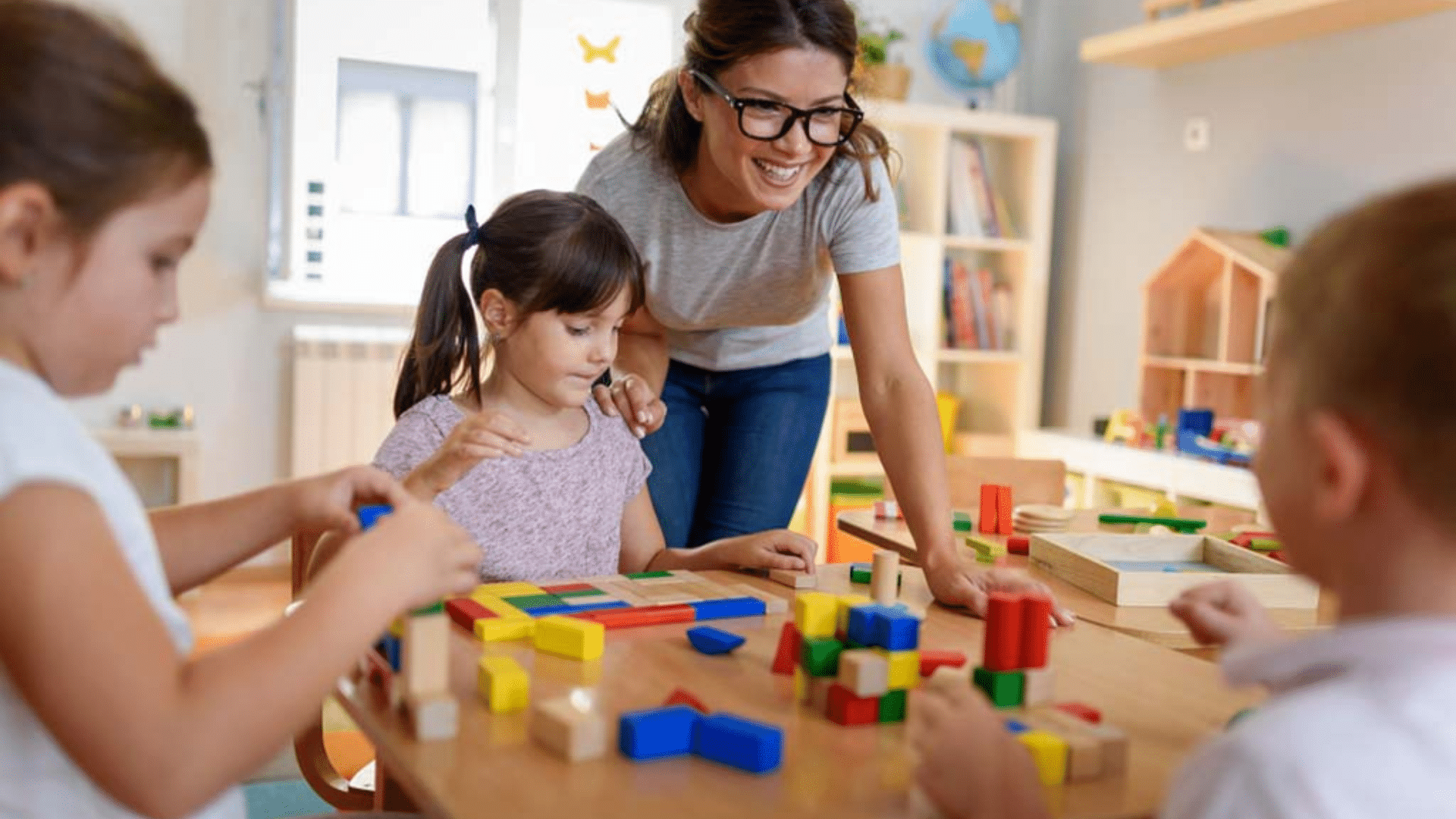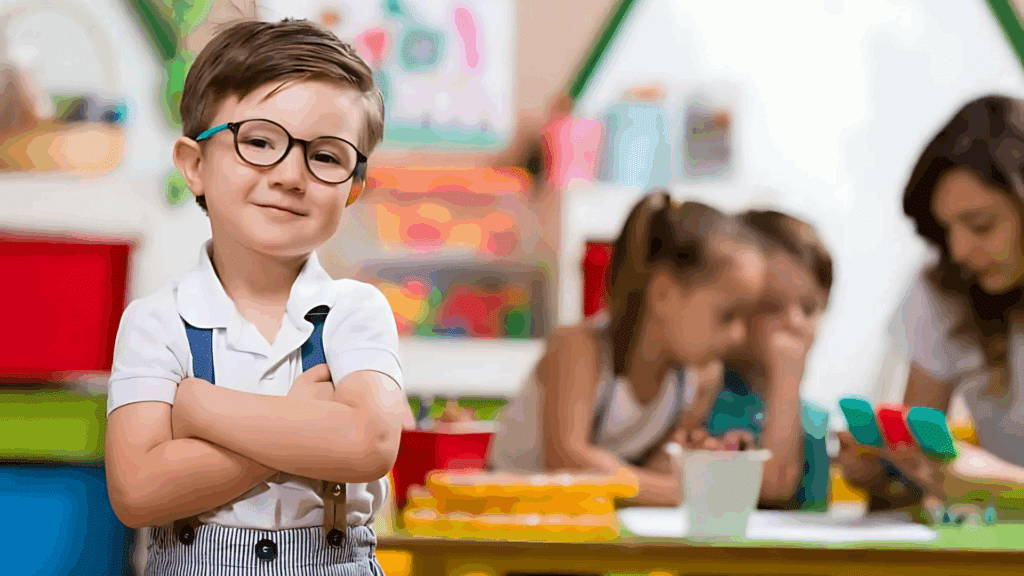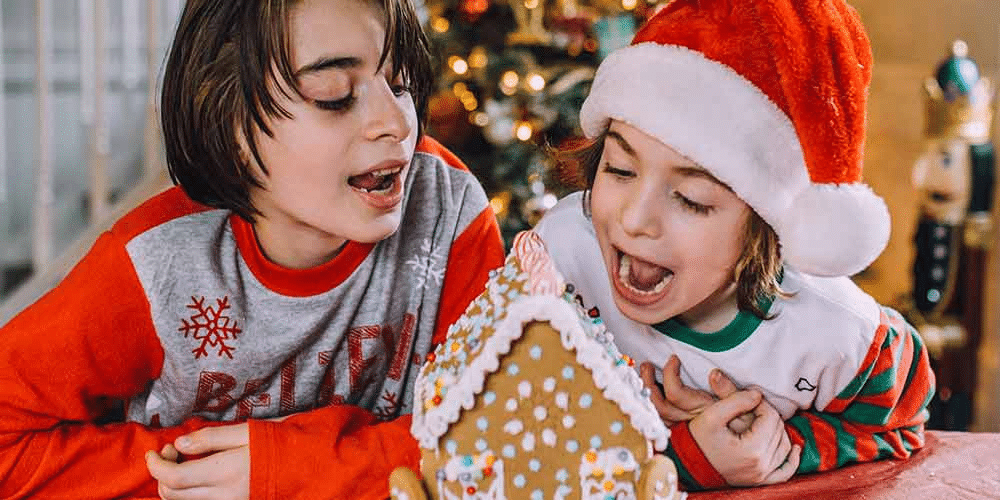The first day of preschool arrives like a whirlwind. Little ones clutch their new backpacks while parents wonder if their child will remember to use the bathroom or share their snacks.
Going back to school brings a mix of excitement and nerves for everyone involved. Preschoolers need time to adjust to new routines, make friends, and feel comfortable in their classroom.
Simple, engaging activities help preschoolers settle into their new environment while developing important skills they’ll use throughout the year.
These activities share practical back to school preschool activities that work. Each one helps children adjust to their new routine while learning through play and connection.
Learning Through Back-to-School Fun
Back to school preschool activities offer key learning moments that ease transitions while building vital skills. Daily routines support time awareness and self-regulation, while dramatic play boosts imagination, empathy, and social growth.
Building blocks strengthen spatial thinking, teamwork, and persistence. Sensory play, such as playing with sand, water, and going on nature walks, helps build observation and vocabulary skills.
Music and movement enhance coordination and foster a sense of classroom connection. Literacy games and picture books support reading readiness, while math tools develop number sense, sorting, and patterns.
Partner work promotes emotional awareness, cooperation, and friendships, blending fun with whole-child development.
Learning & Academic Foundation Activities

These activities focus on building essential academic skills like literacy, numeracy, and cognitive development.
They help children recognize letters, understand numbers, and develop problem-solving abilities in fun, hands-on ways.
1. Name Puzzle
Children receive puzzle pieces that form their names. They arrange the pieces to complete their name, helping them recognize letters and learn spelling. This is perfect for the first week to make kids feel proud of who they are.
Reason: Enhances letter recognition and sequencing skills.
Resources: Cardboard or foam sheets, scissors, markers, ziplock bags.
2. Classroom Scavenger Hunt
Children use a picture checklist to find familiar classroom items. This introduces them to the classroom layout and eases anxiety by showing where things are kept.
Reason: Strengthens visual attention and memory.
Resources: Picture checklists, crayons or markers, clipboards (optional).
3. Play-Dough Letters
Children use alphabet mats and play-dough to shape each letter. This makes learning letters tactile and enjoyable. It also strengthens little fingers for writing.
Reason: Improves hand control and letter recognition.
Resources: Play-dough, laminated alphabet mats.
4. Color Sorting Game
Children sort toys or objects into bins by color. This reinforces color recognition and gives them a sense of order in a new environment.
Reason: Improves categorization and focus.
Resources: Color bins, colored items like pom-poms or blocks.
5. Counting School Supplies
Children count pencils, erasers, or crayons during a group sorting activity. This helps them understand quantity and classroom materials.
Reason: Strengthens number skills and matching.
Resources: Classroom items, sorting trays, number cards.
6. Backpack Matching Game
Children match pictures of school items with labeled backpack cutouts. This helps them learn the names of supplies and become more independent.
Reason: Improves matching and school object recognition.
Resources: Printed item cards, backpack cutouts.
7. Weather Chart
Each day, kids check the weather and update a shared chart. This introduces morning routines and makes them feel responsible.
Reason: Builds observation and time-based thinking.
Resources: Weather symbols, chart board, Velcro, or magnets.
8. Block Tower Challenge
Children build tall block towers and compare heights. This helps with early math language and teaches problem-solving in teams.
Reason: Strengthens planning and stability awareness.
Resources: Building blocks (foam, wooden, or plastic).
9. Lacing Cards
Children use yarn to “sew” around card shapes like stars or apples. This builds patience and prepares fingers for writing tools.
Reason: Enhances fine motor coordination.
Resources: Lacing cards, yarn, tape for stiff ends.
10. Classroom Rules Song
Sing a song about classroom expectations daily. This helps make behavior reminders fun instead of stressful.
Reason: Promotes routine learning through rhythm.
Resources: Rule posters, song lyrics, hand motions.
11. Matching Shadows
Children match object pictures to their shadows, helping them look closely and understand shapes.
Reason: Sharpens visual discrimination.
Resources: Shadow matching cards or printouts.
12. Shape Collage
Kids create pictures using cut-out shapes. This builds spatial skills and supports early math language.
Reason: Builds spatial and shape recognition.
Resources: Paper shapes, glue sticks, blank paper.
13. Echo Clapping
The teacher claps a rhythm, and the kids repeat it. This strengthens focus and early music patterns.
Reason: Enhances auditory memory and pattern recognition.
Resources: Hands (or optional small drums).
14. Mystery Bag Guessing
Children feel objects inside a bag and guess what they are using only touch. This strengthens brave participation.
Reason: Develops touch-based reasoning.
Resources: Cloth bag, everyday items (toy, crayon, spoon).
15. Sticker Sorting
Kids sort stickers by size, shape, or category. This promotes thinking and pre-math skills in a fun way.
Reason: Boosts organization and visual sorting.
Resources: Stickers, sorting boards, or labeled charts.
16. Rhyming Word Hunt
Call out a word and have kids find or name something that rhymes. This builds sound awareness and vocabulary.
Reason: Teaches sound matching and word recognition.
Resources: Word list, picture cards, real classroom objects.
17. Sink or Float Experiment
Kids test which items float or sink and make predictions. This introduces asking questions and noticing change.
Reason: Introduces scientific testing and observation.
Resources: Bin of water, household items, and towels.
18. Alphabet Bingo
Each child receives a board and covers letters as the teacher calls them. A joyful way to master the alphabet.
Reason: Builds letter recognition and concentration.
Resources: Bingo boards, letter cards, chips, or stickers.
19. Musical Chairs with Shapes
Use shape cutouts on chairs. Kids must name the shape when the music stops.
Reason: Reinforces shape recognition and listening.
Resources: Chairs, music player, shape cards.
20. Felt Board Storytelling
Children use felt pieces to retell stories or create new ones. This improves vocabulary and sequence memory.
Reason: Supports sequence learning and creativity.
Resources: Felt board, felt characters, and backgrounds.
21. “I Spy” Colors Game
Children guess objects based on a color clue, like “I spy something red.” Great for language and attention.
Reason: Strengthens detail-focused thinking.
Resources: Classroom items, verbal prompts.
22. Name Stamping
Stamp each letter of a child’s name to reinforce spelling through hands-on learning.
Reason: Helps with spelling and name recognition.
Resources: Alphabet stamps, ink pads, paper.
23. Sorting Snacks
Before snack time, children sort by shape, size, or color. This adds learning to daily routines.
Reason: Combines sorting skills with delayed gratification.
Resources: Cereal, crackers, fruit, cups, or napkins.
Social, Emotional and Back to School Preschool Activities

These activities help children build friendships, express feelings, and tap into their creativity. They support emotional development while providing sensory experiences that help kids feel comfortable and confident.
24. Handprint Art
Kids make colorful handprints on paper as a keepsake from their first day. They decorate them with eyes, smiles, and drawings that express their feelings.
Reason: Boosts sensory development and fine motor strength.
Resources: Washable paint, brushes, large sheets of paper, wipes.
25. All About Me Booklet
Each child makes a small book with pages about their family, favorite food, and interests. It’s a chance for children to share their world and for teachers to learn about them.
Reason: Builds identity and expressive communication.
Resources: Stapled paper booklets, crayons, markers, family photos (optional).
26. First Day Feelings Chart
Children identify how they feel using emotion face pictures and place them on a classroom chart. This helps them learn to talk about their feelings and listen to others.
Reason: Supports emotional awareness and self-regulation.
Resources: Emotion face cards, magnetic or Velcro chart, name tags.
27. Self-Portrait Drawing
Children use mirrors to examine themselves closely and draw what they see. This allows for self-reflection and creative expression during a time when children are getting used to new surroundings.
Reason: Strengthens observation and self-image awareness.
Resources: Hand mirrors, drawing paper, crayons, or markers.
28. Story Time with Puppets
Read a simple book and use puppets to retell it. Invite children to join with their voices and movements. This draws in even shy children during group time.
Reason: Strengthens memory and language development.
Resources: Picture books, felt or sock puppets.
29. Friendship Bracelet Craft
Using string and beads or colored pasta, children create bracelets and exchange them. This fun, hands-on activity fosters social connections from an early age.
Reason: Supports social bonding and fine motor development.
Resources: Yarn, beads or pasta, scissors.
30. Music Freeze Game
Kids dance when music plays and freeze when it stops. This activity builds self-control and burns off nervous energy in a new setting.
Reason: Builds body control and listening.
Resources: Music player, safe play space.
31. Sensory Bin Exploration
Children dig through textured bins to find hidden toys. This soothes anxious students and gives them a safe space to explore.
Reason: Engages tactile exploration and focus.
Resources: Sensory bin, rice/beans/sand, hidden objects.
32. Line Walking Game
Children walk along a taped line on the floor, balancing as they go. This helps them feel grounded and builds awareness of classroom movement rules.
Reason: Develops balance and body control.
Resources: Masking tape or string line.
33. Emotion Faces Drawing
Children draw different faces showing feelings like happy, angry, or nervous. They learn that all emotions are okay and can be shared safely.
Reason: Helps build emotional vocabulary.
Resources: Blank paper, crayons, mirrors.
34. “Who Am I?” Circle Game
Each child gives a clue about themselves while others guess who it is. This helps students learn each other’s names and stories.
Reason: Supports memory and connection.
Resources: None needed; optional microphone or talking stick.
35. Crayon Rubbings
Place leaves, coins, or textured items under paper and rub crayons to make impressions. This blends creativity and sensory fun.
Reason: Builds sensory awareness and creativity.
Resources: Crayons, paper, textured items.
36. Nature Walk
Children collect items like leaves or stones during a short outdoor walk. It’s a calming start to a busy school year.
Reason: Strengthens curiosity and sensory learning.
Resources: Bags or baskets, observation sheets (optional).
37. Water Pouring Station
Kids pour water between cups or containers to practice control. It teaches independence while calming nerves.
Reason: Teaches hand control and measurement awareness.
Resources: Pitchers, cups, trays, and towels.
38. Paper Plate Masks
Children make silly, happy, or animal masks from paper plates. These are great for dramatic play and self-expression.
Reason: Fosters creativity and emotional play.
Resources: Paper plates, glue, string, markers.
39. Bubble Wrap Stomp
Let kids walk and stomp on sheets of bubble wrap. This offers sensory release and pure fun.
Reason: Provides pressure feedback and stress relief.
Resources: Clean bubble wrap, open space.
40. Classroom Job Chart
Assign rotating roles like line leader or snack helper. This helps children feel important and part of the group.
Reason: Builds responsibility and community.
Resources: Poster board, labels, Velcro, or clips.
41. Mirror Play
Let kids look in mirrors while making silly or feeling faces. It supports recognition and communication.
Reason: Builds self-image and emotion naming.
Resources: Hand mirrors or a wall mirror.
42. Simple Yoga Poses
Use animal-themed poses to help kids stretch and calm down.
Reason: Supports physical balance and emotional calm.
Resources: Yoga cards, mats or towels, soft music.
43. Group Mural
Children collaborate on a large mural, sharing space and ideas.
Reason: Fosters teamwork and joint creativity.
Resources: Butcher paper, crayons or paint, smocks.
Tips to Keep Preschoolers Fully Engaged in Activities
Keeping preschoolers engaged requires understanding their short attention spans and natural curiosity. These practical strategies help maintain focus and participation during learning activities.
- Keep Activities Short and Purposeful: Limit each activity to 5–15 minutes to match attention spans and keep energy focused.
- Use Visuals, Props, and Hands-On Materials: Incorporate real objects, puppets, felt boards, and other tactile tools to support learning.
- Offer Choices Within Boundaries: Let children pick between 2–3 activity options to boost ownership while maintaining structure.
- Connect Activities to Their World: Use familiar topics like family, pets, or favorite foods to help children relate and stay engaged.
- Model First, Then Let Them Try: Demonstrate the activity clearly before asking them to participate to build confidence and clarity.
- Celebrate Effort, Not Just Outcome: Praise participation and focus (e.g., “You worked hard on that!”) to encourage intrinsic motivation.
The Bottom Line
The first day of school doesn’t have to feel overwhelming for little ones. These back-to-school activities help preschoolers build confidence while learning important skills.
When they play pretend, they’re growing emotionally. The beauty of back to school preschool activities lies in their simplicity. No fancy equipment needed, just everyday materials and a little creativity.
These activities work because they meet children where they are and help them grow at their own pace.
Starting school becomes less scary and more exciting when children feel prepared and confident. Share your favorite activity in the comments below!


















